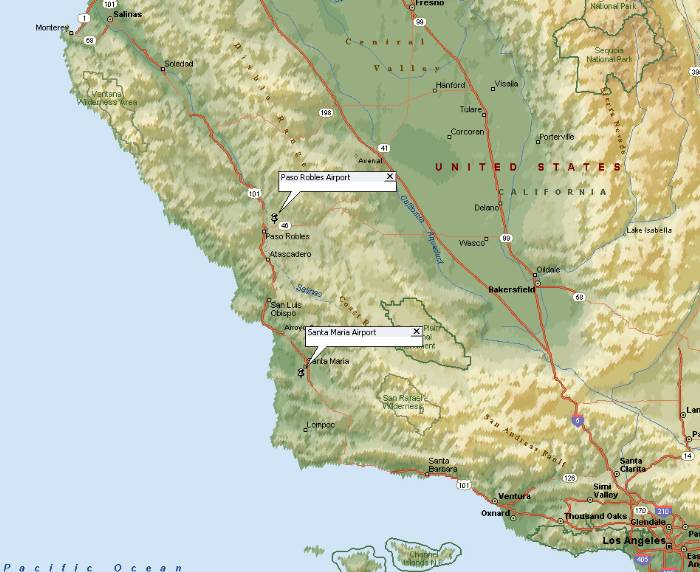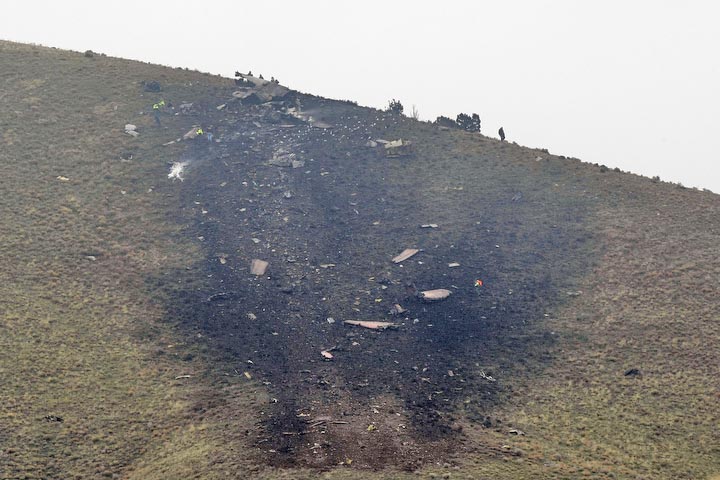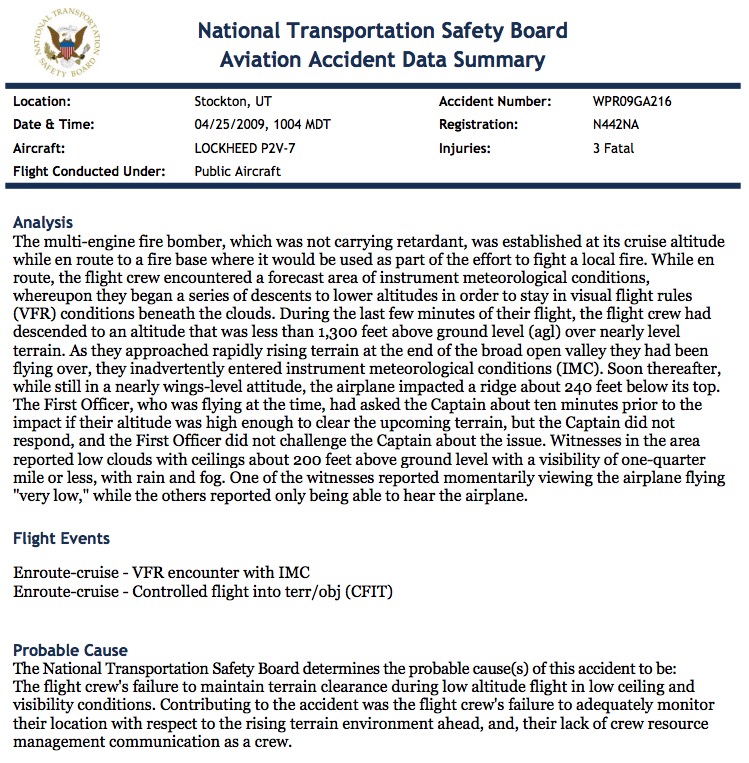On Saturday the U.S. Forest Service finally certified the 7,200-gallon Martin Mars air tanker to work on fires for the agency. After a seven-hour flight from Canada on July 12, it flew several check rides on Friday and Saturday. It will be based at Lake Elsinore in southern California.
Here is an excerpt from an article at Fire Department Network News:
A Canadian-registered Martin Mars water bomber and its sophisticated spotter helicopter were officially certified Saturday as “Mission Ready” by the U.S. Forest Service for battling potential wildland fires in the Angeles, Cleveland and San Bernardino National Forests.
Owner Wayne Coulson, of Coulson Flying Tankers, told FDNNTV his crew flew several “check rides,” or test missions, late Friday and then again Saturday morning with USFS observers on board.
The vintage aircraft made practice, thirty-second long, water scoops on nearby Diamond Valley Lake then, as Coulson described the maneuvers, “roared around” a mountainous section of the San Bernardino National Forest for monitored 7,200 gallon target drops.
At the same time Coulson’s new Sikorsky S-76 electronics-filled chopper successfully demonstrated its ability to lead the Martin Mars into fire zone target areas while video taping and relaying aerial observations of water drops back to Forest Service incident commanders on the ground.
Coulson said, “It was a 100-percent successful familiarity performance for Forest Service personnel who now know how best to deploy the two aerial firefighting aircraft when needed.”





